Van Gogh Museum



van gogh museum
boomwortels / tree roots korenveld onder onweerslucht / wheat field under thunder clouds korenveld met kraaien / wheat field with crows
More Posts from Melancholianarcissus and Others
ancient greek is a very silly language in general but it also had a word for ‘being a little too into horses’ so really the greeks were not that different from us at all
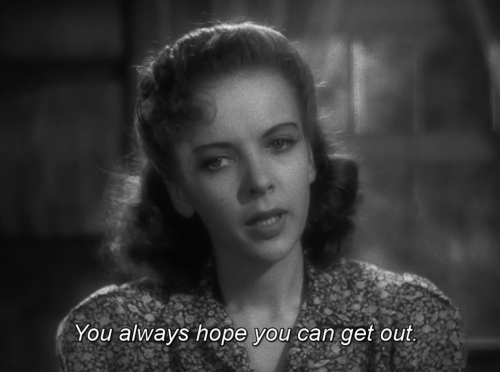
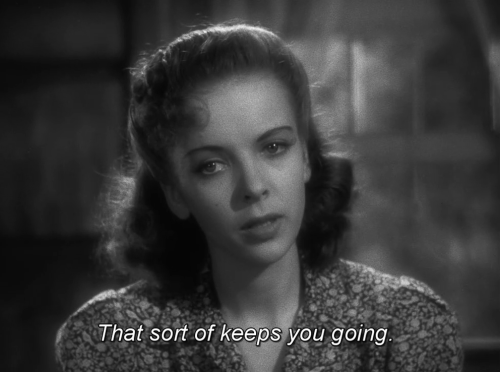
High Sierra (Raoul Walsh, 1941)


Marlene Dietrich in a Knize lounge suit, c.1931
idealized version of myself has hair down to my waist, pearl earrings, and a long white lacy nightdress that trails several feet behind me. also i am barefoot and there are bloodstains on the dress (not my own) and it is nighttime
Dungeness crab Megalopa Research
Hello fellow POE students! The host organization I work with is known as Pacific Northwest Crab Research Group (PCRG). They are a research group whose main function is to find ways to sustainably manage Dungeness crabs in the Pacific Northwest. Within PCRG, my specific role is to monitor Dungeness crab megalopae (larva) abundances. I am able to do this using a tool called a light trap. These traps are programmed to essentially “fish” for megalopae for two nights. Once the two nights are up, I check the traps and count how many megalopae they have caught.
Through working at my internship, I have experience and learned some really interesting things. I would say the most intriguing thing I’ve learned to far is how to properly ID certain crab megalopa species. It is fun to learn because it involves getting a closer look at the larvae under a microscope and getting an idea of the morphological differences between all the species. This aligns with my future goals because I want to work in species conservation after college, and it is hard to know how to conserve certain species without first knowing how to ID them.
The biggest challenge I’ve faced in my internship so far is coming up with an effective way to address my research question. My research question involves comparing Dungeness crab megalopa abundances to other crab species megalopa abundances in order to predict interspecies competition. However, other crab megalopa species almost always appear in the trap at much smaller numbers than Dungeness crab megalopae. In order to better address the research question, I have decided to not only compare the megalopa species abundances at the light trap, but I will also compare the juvenile species abundances in the nearshore habitats. This will give me a better idea of which crab species are able to successfully outcompete other crab species while settling in nearshore habitats.
-Brendan Beaudette
Here are a couple microscopic photos I took in the lab. One photo is a hermit crab megalopa and the other photo is a mussel crab juvenile.


Thank you for reading my blog post, I will wrap things up with one question for my readers. Do you think interspecies competition has any correlation to Dungeness crab decline, or do you think the decline is caused by other phenomena?

Getty Images. Sidewalk cafe in the cold. Paris. 1930s
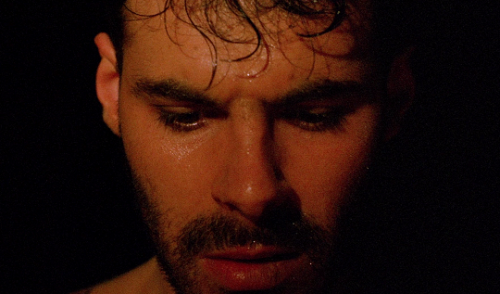
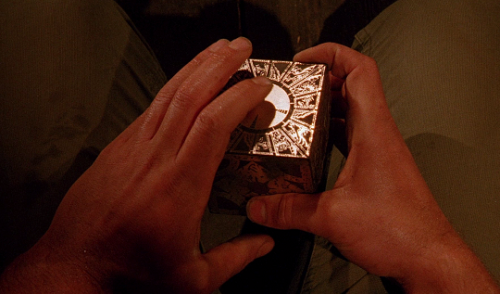

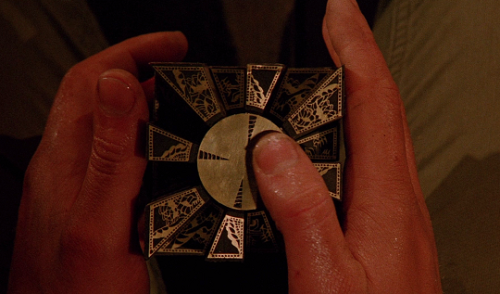
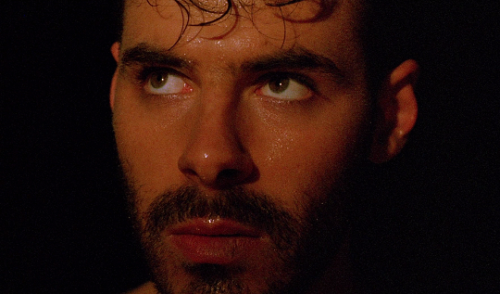
Hellraiser (1987) // dir. Clive Barker
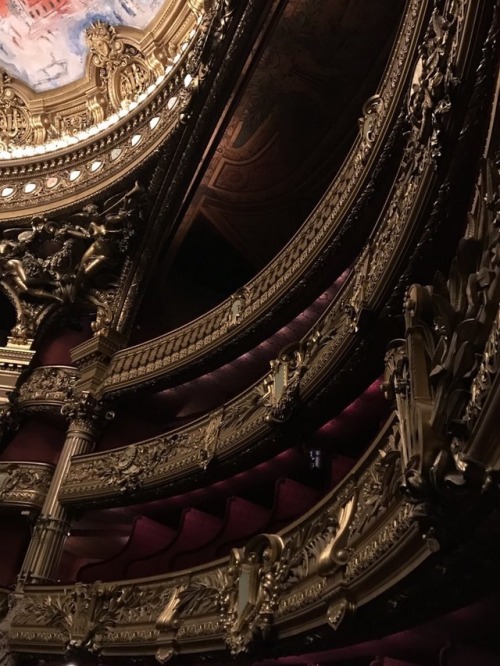

Opéra Garnier, Paris.
What if… I would bring you wild flowers… and… read some Keats to you while you’re falling asleep… in my arms? Aha ha, just kidding… unless?
-
 tasteofgrave reblogged this · 5 months ago
tasteofgrave reblogged this · 5 months ago -
 ramenstation reblogged this · 1 year ago
ramenstation reblogged this · 1 year ago -
 sho0hab liked this · 1 year ago
sho0hab liked this · 1 year ago -
 balasha7sanbardo reblogged this · 1 year ago
balasha7sanbardo reblogged this · 1 year ago -
 romulus reblogged this · 2 years ago
romulus reblogged this · 2 years ago -
 cherubinscoeurs liked this · 2 years ago
cherubinscoeurs liked this · 2 years ago -
 eiqhties reblogged this · 2 years ago
eiqhties reblogged this · 2 years ago -
 batzies reblogged this · 2 years ago
batzies reblogged this · 2 years ago -
 lareinedefer reblogged this · 3 years ago
lareinedefer reblogged this · 3 years ago -
 emptyanddark reblogged this · 3 years ago
emptyanddark reblogged this · 3 years ago -
 emptyanddark liked this · 3 years ago
emptyanddark liked this · 3 years ago -
 carmypen reblogged this · 3 years ago
carmypen reblogged this · 3 years ago -
 artdusy reblogged this · 3 years ago
artdusy reblogged this · 3 years ago -
 godsgame reblogged this · 3 years ago
godsgame reblogged this · 3 years ago -
 popflythesky reblogged this · 3 years ago
popflythesky reblogged this · 3 years ago -
 lavendernroses reblogged this · 3 years ago
lavendernroses reblogged this · 3 years ago -
 popflythesky liked this · 3 years ago
popflythesky liked this · 3 years ago -
 just-like-davekat reblogged this · 3 years ago
just-like-davekat reblogged this · 3 years ago -
 just-like-davekat liked this · 3 years ago
just-like-davekat liked this · 3 years ago -
 goosegander reblogged this · 3 years ago
goosegander reblogged this · 3 years ago -
 nightbluefruit liked this · 3 years ago
nightbluefruit liked this · 3 years ago -
 agi-dyne liked this · 3 years ago
agi-dyne liked this · 3 years ago -
 felinenthusiast reblogged this · 3 years ago
felinenthusiast reblogged this · 3 years ago -
 fefeps reblogged this · 3 years ago
fefeps reblogged this · 3 years ago -
 attendantheert reblogged this · 3 years ago
attendantheert reblogged this · 3 years ago -
 the-summer-sun-au liked this · 3 years ago
the-summer-sun-au liked this · 3 years ago -
 yeryuzugokyuzu liked this · 3 years ago
yeryuzugokyuzu liked this · 3 years ago -
 darkhawk1126 liked this · 3 years ago
darkhawk1126 liked this · 3 years ago -
 usernamescott liked this · 3 years ago
usernamescott liked this · 3 years ago -
 larimar reblogged this · 3 years ago
larimar reblogged this · 3 years ago -
 implicitesque reblogged this · 3 years ago
implicitesque reblogged this · 3 years ago -
 goudagay liked this · 3 years ago
goudagay liked this · 3 years ago -
 theshadowofyourdreams reblogged this · 3 years ago
theshadowofyourdreams reblogged this · 3 years ago -
 davidcraigforrest liked this · 3 years ago
davidcraigforrest liked this · 3 years ago -
 levedad liked this · 3 years ago
levedad liked this · 3 years ago -
 nownik96 reblogged this · 3 years ago
nownik96 reblogged this · 3 years ago -
 nownik96 liked this · 3 years ago
nownik96 liked this · 3 years ago -
 renguagarval liked this · 3 years ago
renguagarval liked this · 3 years ago -
 yvestaintlaurent reblogged this · 3 years ago
yvestaintlaurent reblogged this · 3 years ago -
 wetgaysocks reblogged this · 3 years ago
wetgaysocks reblogged this · 3 years ago -
 wetgaysocks liked this · 3 years ago
wetgaysocks liked this · 3 years ago -
 funsizedgremlin liked this · 3 years ago
funsizedgremlin liked this · 3 years ago -
 alinastarkovz reblogged this · 3 years ago
alinastarkovz reblogged this · 3 years ago

